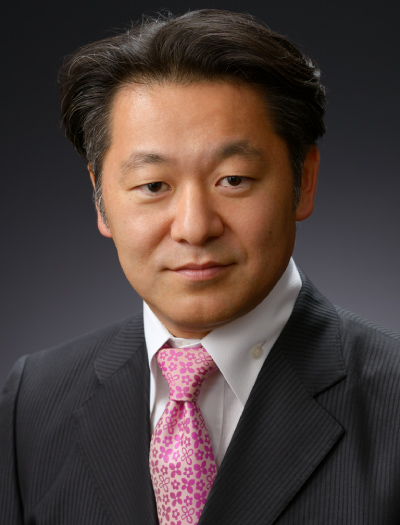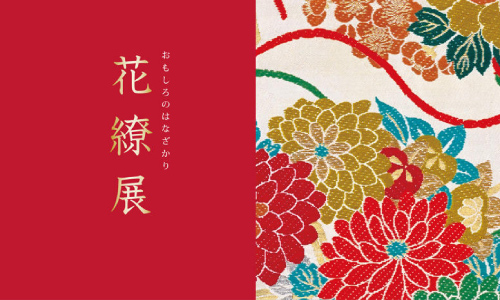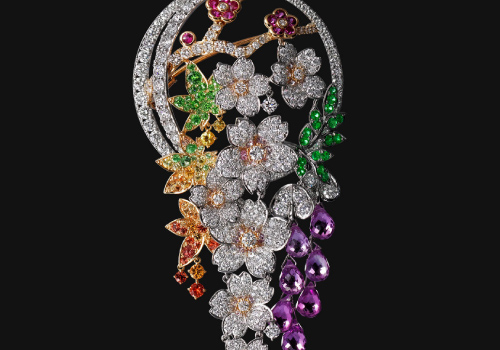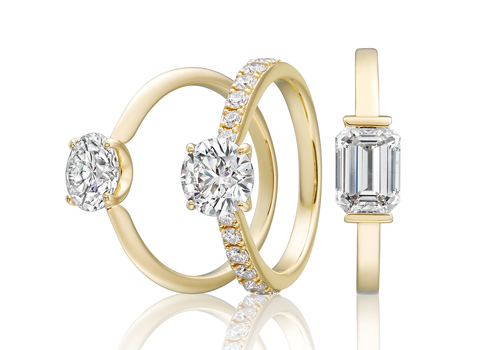
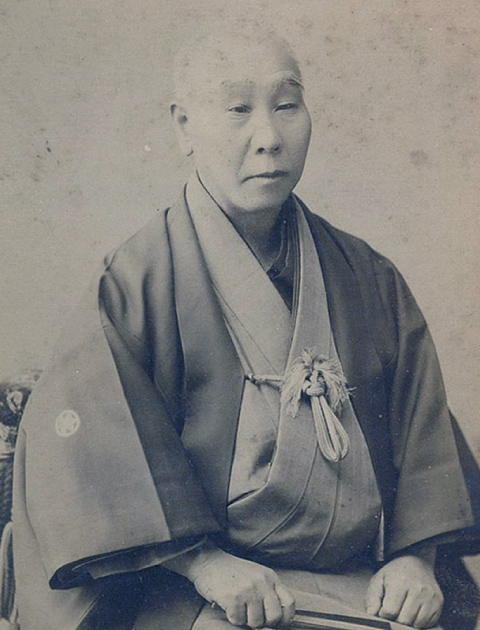
Yohei Imanishi
Yohei Imanishi was the head clerk of Fujiya, a fancy goods store that had been in business for 17 generations in the neighborhood of Kyoto's Toji Temple, renowned for its five-storied pagoda. He married his master Seibei's daughter Kinu and opened his own store in 1861 in the same neighborhood. This store would go on to become Imayo.
Although upheaval swept through Kyoto between the closing days of the Tokugawa shogunate and the start of the Meiji period, the first Yohei remained resilient during those turbulent times, building the strong foundation on which Imayo stands today.
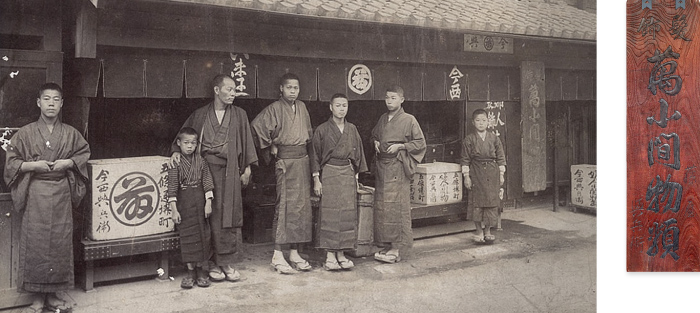
In olden times many merchants used in-house codes called "fucho." Founder Yohei chose the code "o-mo-shi-ro-no-ha-na-za-ka-ri," each syllable representing a numeral from 0 through 9 and standing for a Japanese character. "O-mo-shi-ro-no-ha-na-za-ka-ri" refers to a diverse selection of fascinating goods, reflecting the founder's desire to offer fun, elegant and interesting products. Fucho were a basic tool of commerce, and the enterprising spirit that led founder Yohei to choose this expression for his code has been handed down as the guiding philosophy of Imayo, from its founding to the present day.
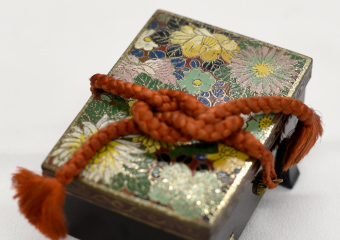


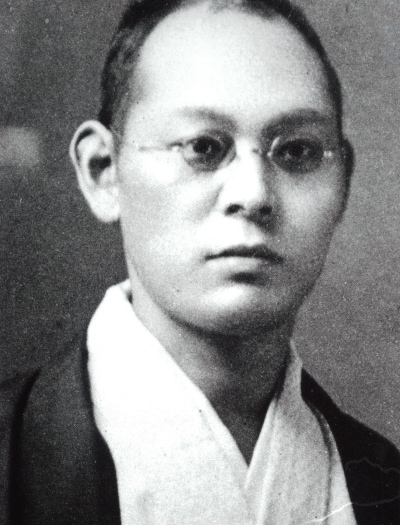
In an increasingly westernized Kyoto, the second Yohei Imanishi began embracing beautiful jewelry that complemented both Japanese and Western style clothing as well as new products in step with the changing times, offering a wide range of interesting goods.

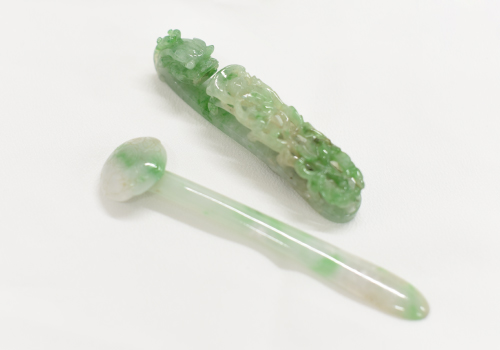
While prospering as a fancy goods dealer, precious stones were imported--such as jade from China--in response to increasing westernization and the flood of imports from overseas.
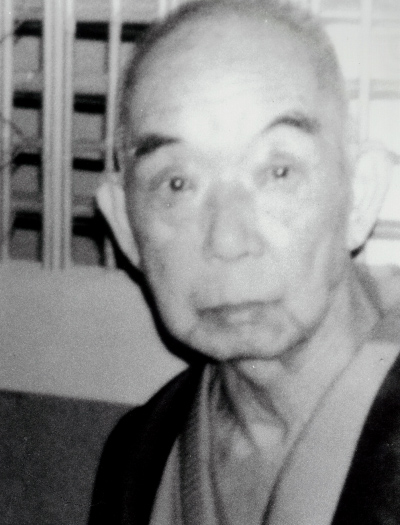
The third Yohei Imanishi began dealing in diamonds in addition to jade, precious coral, and pearls.
The new products--focusing on jewelry with a refined Kyoto aesthetic and an appreciation for beauty--were well received, and Imayo opened branches in locations across Japan, including Tokyo, Osaka, Nagoya, and Fukuoka.
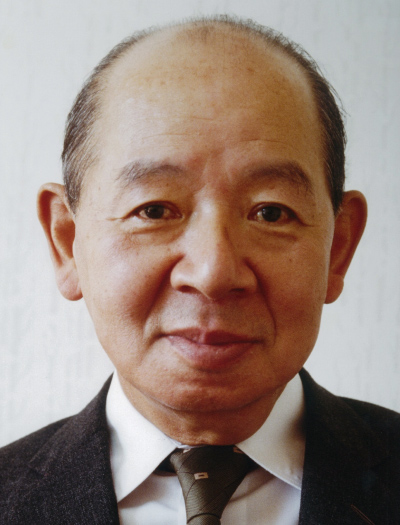
Shin'ichi Imanishi began branching out into pearl wholesaling, and resumed the wholesaling of diamonds and other gemstones.
A period of high economic growth brought increased trade, and the adoption of casting enabled Imayo to make multiple pieces of jewelry at once as a jewelry manufacturer that combined productivity with handmade quality.
Forced to evacuate and move to Narutaki,
Kyoto as a result of wartime requisitioning. The company's name was changed at this time.
The company was incorporated as
Imayo Co., Ltd. in Narutaki, Ukyo-ku, Kyoto.
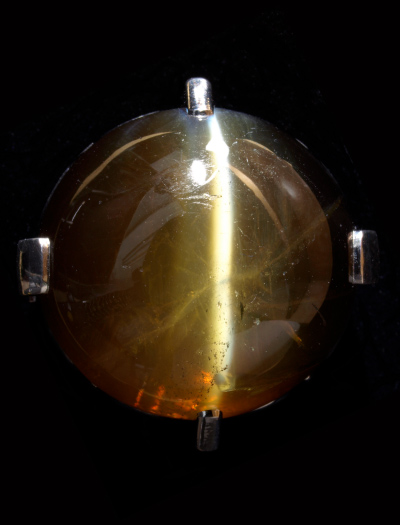
Shin'ichi Imanishi (fourth generation president) donated a cat's-eye gemstone to the National Museum of Nature and Science.
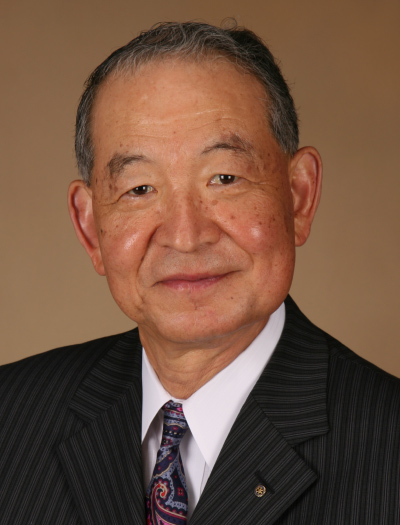
Nobuhiro Imanishi ramped up direct imports of diamonds and emeralds from abroad, revitalizing and stabilizing the business structure to achieve rapid progress during a period of high economic growth.
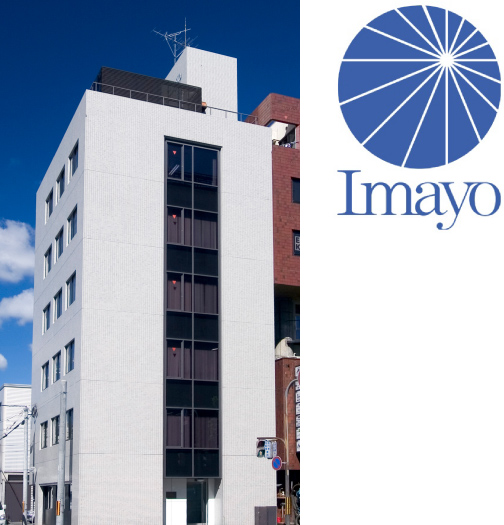
Completed company building in Takeyamachi, Nakagyo Ward, Kyoto and relocated office there.
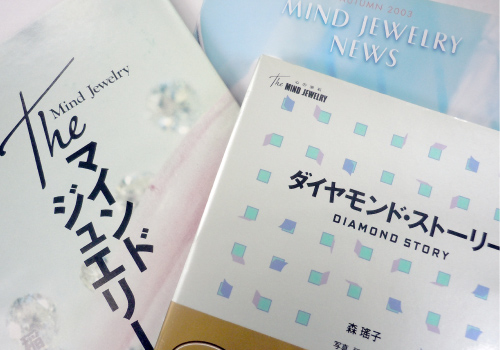
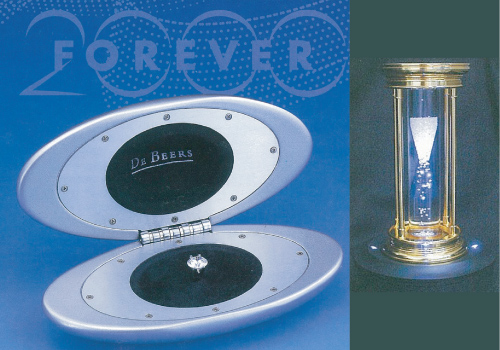
Handled De Beers Millennium Edition Diamond Hourglass (limited production) and Millennium Edition Premium Diamonds (limited production).
Changed the Japanese characters used to write the company's name to better reflect the company's corporate identity.
Joined the WFDB through the Tokyo Diamond Exchange (TDE).

